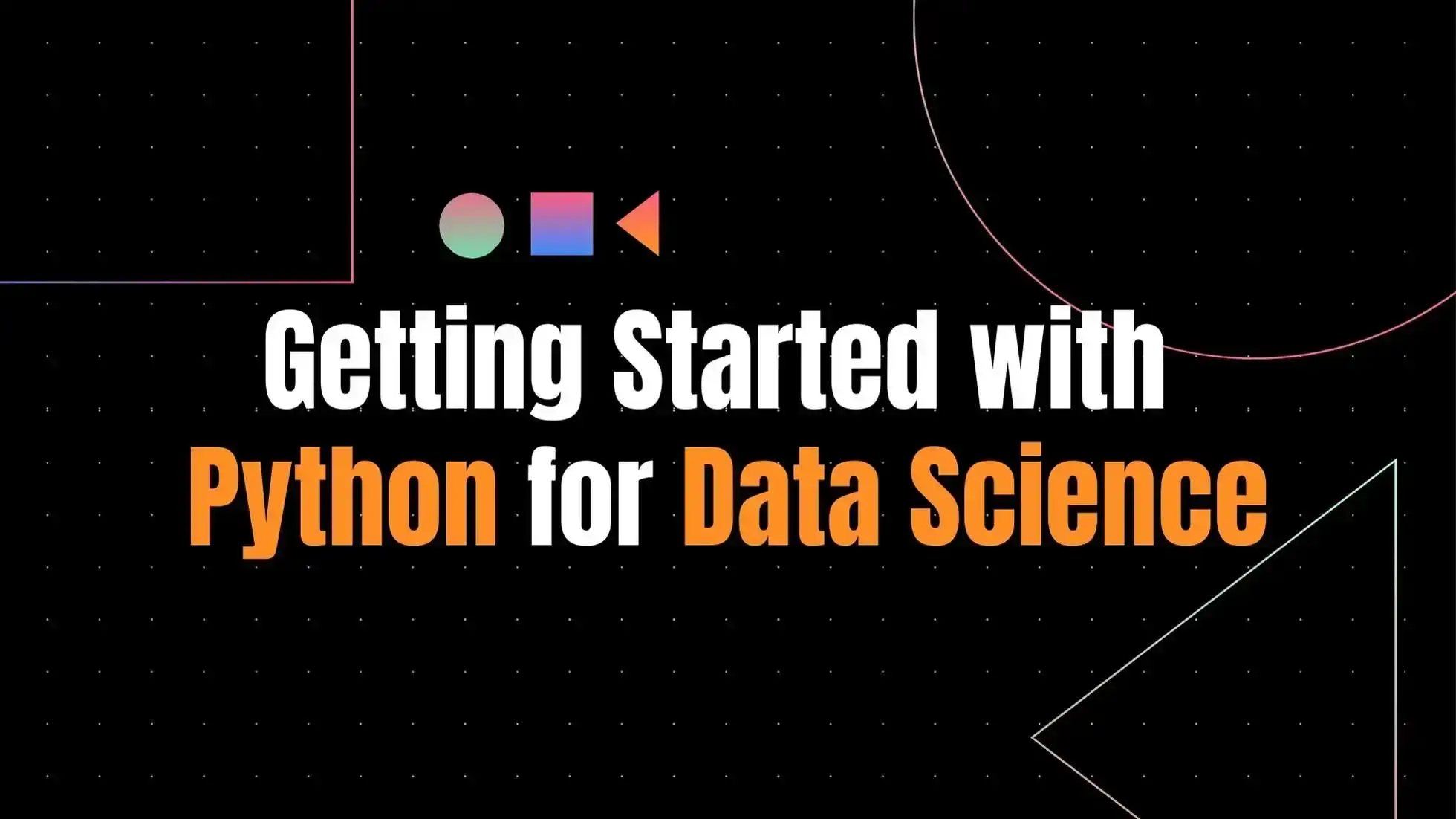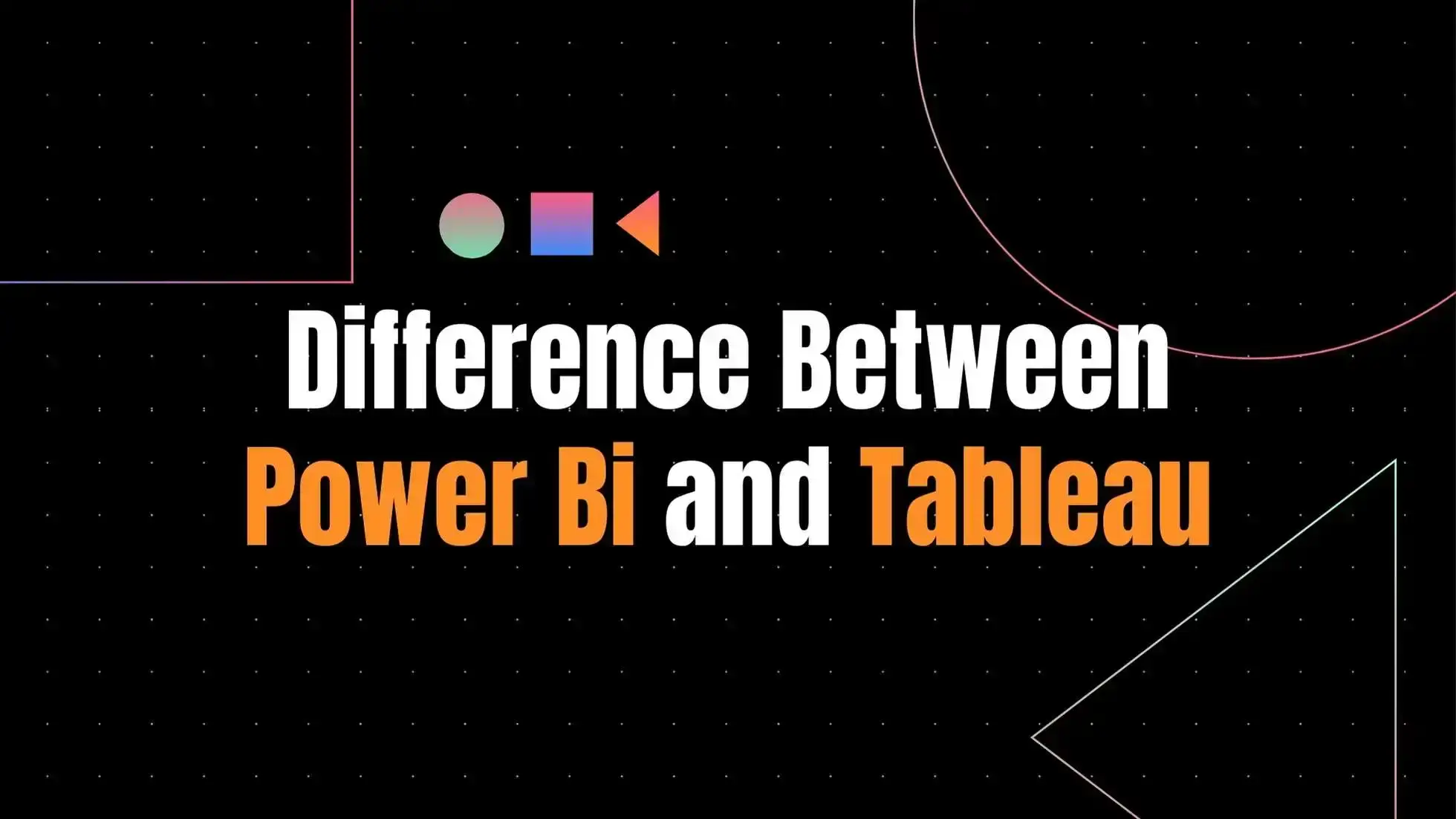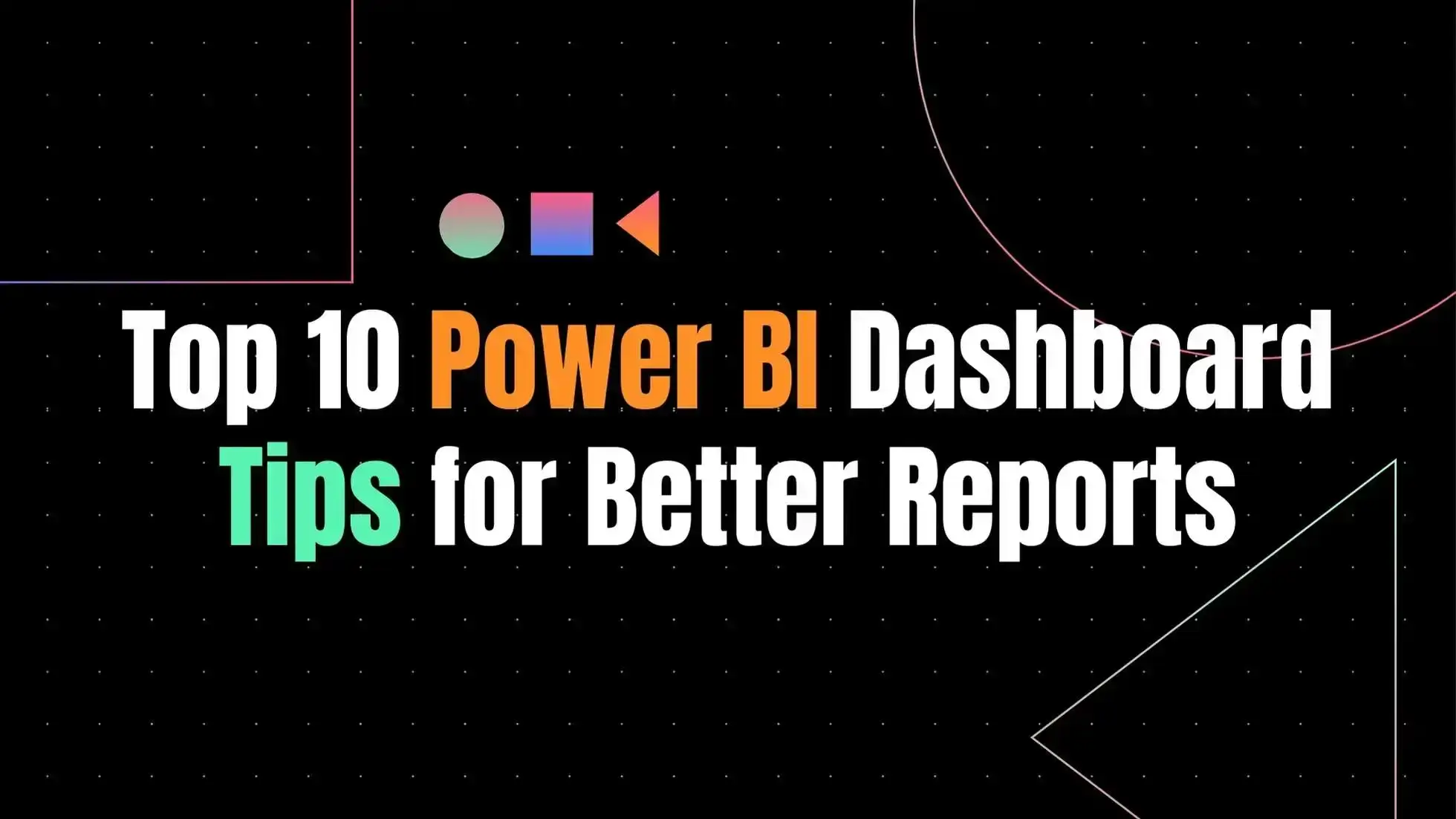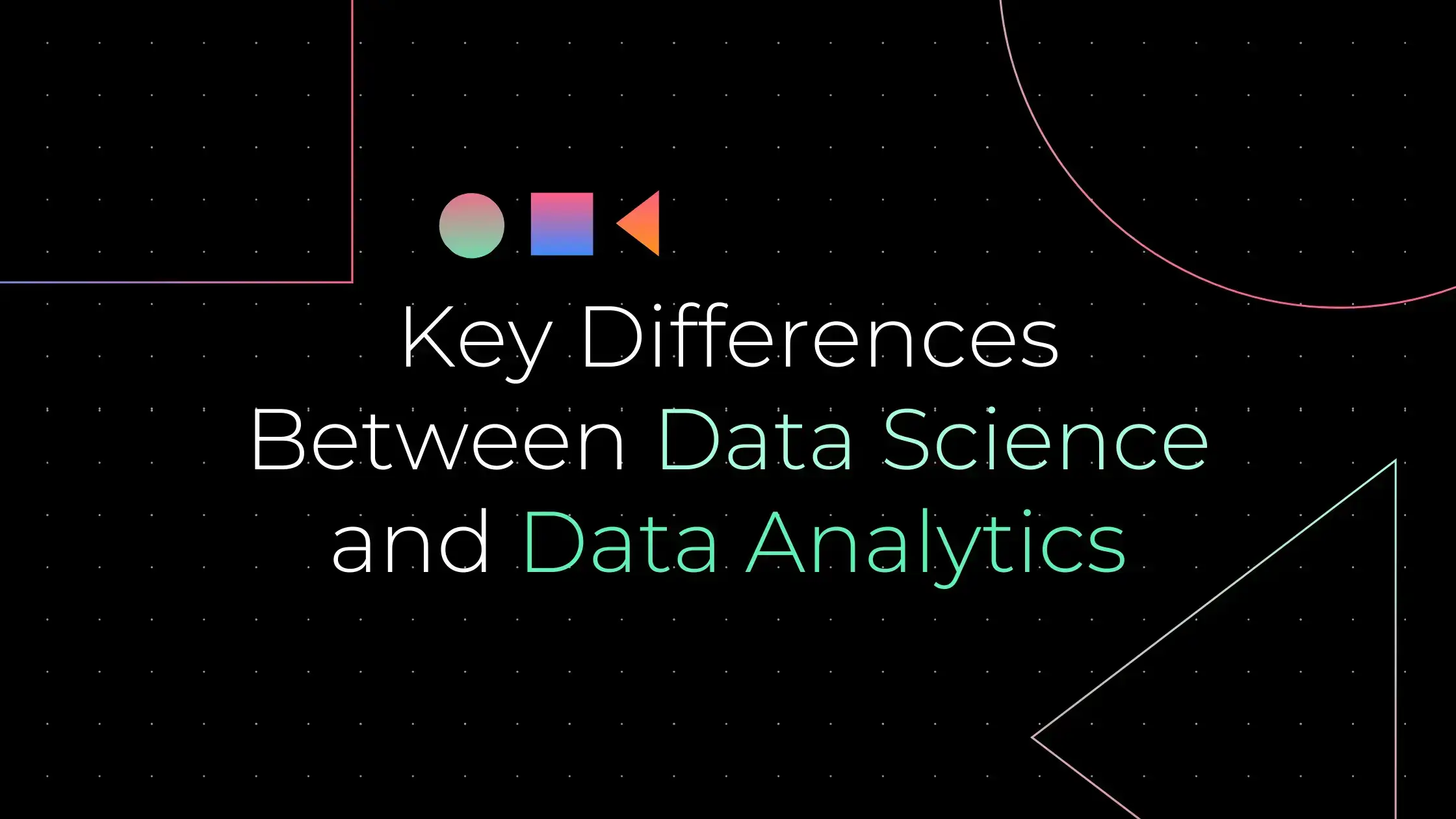Expand Your World: Business Intelligence and Data Analytics: A blog about business intelligence, data analytics, and great uses of both.
Business intelligence and data analytics are tools that can be used to help businesses gain valuable insights from their data. These are two areas that are often left up to the marketing department, but should be something anyone involved in a company’s operations should understand.
This blog will cover both business intelligence and data analytics in objectives, how they work together, and how you can use them for your business.
Discover how Data Analytics and Business Intelligence can help your business.
Data is the lifeblood of the modern organization, and the ability to analyses it effectively is critical to achieving meaningful results. Data analytics is a process that automates and integrates data sources, techniques and tools across multiple platforms and applications to reveal insights that can be used to drive decisions, improve operations and/or inform action.
It uses advanced mathematical techniques like statistics, machine learning, artificial intelligence (AI) and predictive modelling in order to deliver actionable insights into your data.
Business intelligence (BI) is the use of information technology (IT) tools for delivering insight into an enterprise’s performance for the purpose of improving decision making. The goal of BI is to make better decisions through a more complete understanding of your business environment.
Solve problems and make decisions with data analysis.
Data analysis is the process of extracting valuable information from data sets. It involves the manipulation of raw data to arrive at meaningful conclusions and make decisions. Data analysis can be applied to a wide variety of fields, including business intelligence and marketing.
Business intelligence tools provide a way for organizations to solve problems and make decisions with data analysis. They can be used for reporting on internal operations, competitive analysis, forecasting, product development, risk management and other functions.
Analytics software is often used in conjunction with other business intelligence applications such as BI software to provide a complete solution for your organization.
Understand the three types of analytics.

Descriptive Analytics: Descriptive analytics involves the gathering, organizing, and processing of data to answer questions about the past. It includes a range of activities such as analysing customer behaviour and sales trends over time; performing market research; and tracking the performance of key financial metrics such as profit margins or cash flow.
Prescriptive Analytics: Prescriptive analytics involves using data to develop recommendations for improving business operations. This type of analysis can be applied across many industries from retail to manufacturing to healthcare. It often involves creating mathematical models to forecast demand or predict future sales based on historical data or current trends in order to help companies make informed decisions about product development, pricing strategies, inventory levels, staffing needs and more.
Predictive Analytics: Predictive analytics uses statistical techniques to predict future events by identifying patterns in various variables that may indicate what will happen next based on past events such as purchases by certain customers at certain stores or sales made by certain departments within a company over time.
Forget what you know about Software as a Service (SaaS).
SaaS is a new way of doing business. Now, it’s the only way to do business. If you’re not doing it, you’re out of step with your customers, competitors and the market.
The problem is that many people misunderstand what SaaS actually is. They think it means “software as a service” (which it does), or “software as a commodity,” which isn’t quite right either.
What SaaS really means is software that lives in the cloud and is accessible from anywhere at any time. You can pay for access to this software through subscription-based services, such as Office 365 or other products like Salesforce or Google Apps for Business
Gain a competitive advantage over your competitors.
There are many ways to gain a competitive advantage over your competitors. One of the most effective is by using data analytics to gain insights into your business and customers, which can help you make better decisions.
Using data analytics to gain insights into your business and customers can help you make better decisions. For example, if you want to improve the health of your employees, you could use data analytics to determine how much time they spend sitting down at work and how much time they spend standing up. You then could adjust their desks accordingly so that they can get up and move around more often throughout the day.
Data analytics also can be used as a tool for improving customer satisfaction. Some companies, such as Netflix, have been using this technique for years now to further improve their relationships with customers. By tracking customer behaviour (such as what movies they watch), Netflix can see which movies people are most interested in watching next and will then recommend them based on their tastes. This helps Netflix understand what type of movies its customers like best, which helps it create even more personalized experiences for its users.
Find out why analytics is changing the way we do business.
Through the use of advanced analytics, businesses can gain an edge over their competition. This is especially true in the field of retail, where companies are using analytics to help them identify trends and make better decisions.
The ability to analyse data is a critical part of any business today, but it’s not just about making decisions based on what you know; it’s also about learning from your past decisions and determining whether they were successful or whether they need to be tweaked.
By using data analytics, you can gain a greater understanding of who your customers are and what motivates them to buy from you over another brand. You’ll also be able to identify which products or services are selling well and which aren’t.
Business intelligence and data analytics can increase efficiency, productivity, and profitability of your company.
Business intelligence and data analytics can increase the efficiency, productivity, and profitability of your company.
Data analysis is an actionable process that analyses and organizes data to reveal hidden patterns, trends, relationships, and patterns in business information. Businesses use data analytics to make informed decisions about products, services, and customer needs. Data analytics can be used for a variety of purposes including:
Personalization – Identifying customer needs and making relevant recommendations based on those needs.
Predictive Analytics – Predicting future outcomes based on historical data.
Customer Retention – Retaining customers by predicting their behavior in order to provide them with more personalized experiences at each interaction (e.g., recommendation logs).
Collaborative Filtering – Using machine learning algorithms to filter out irrelevant information from documents or websites that are being shared with other users (e.g., preventing people who have been evicted from viewing your rental property listing).







